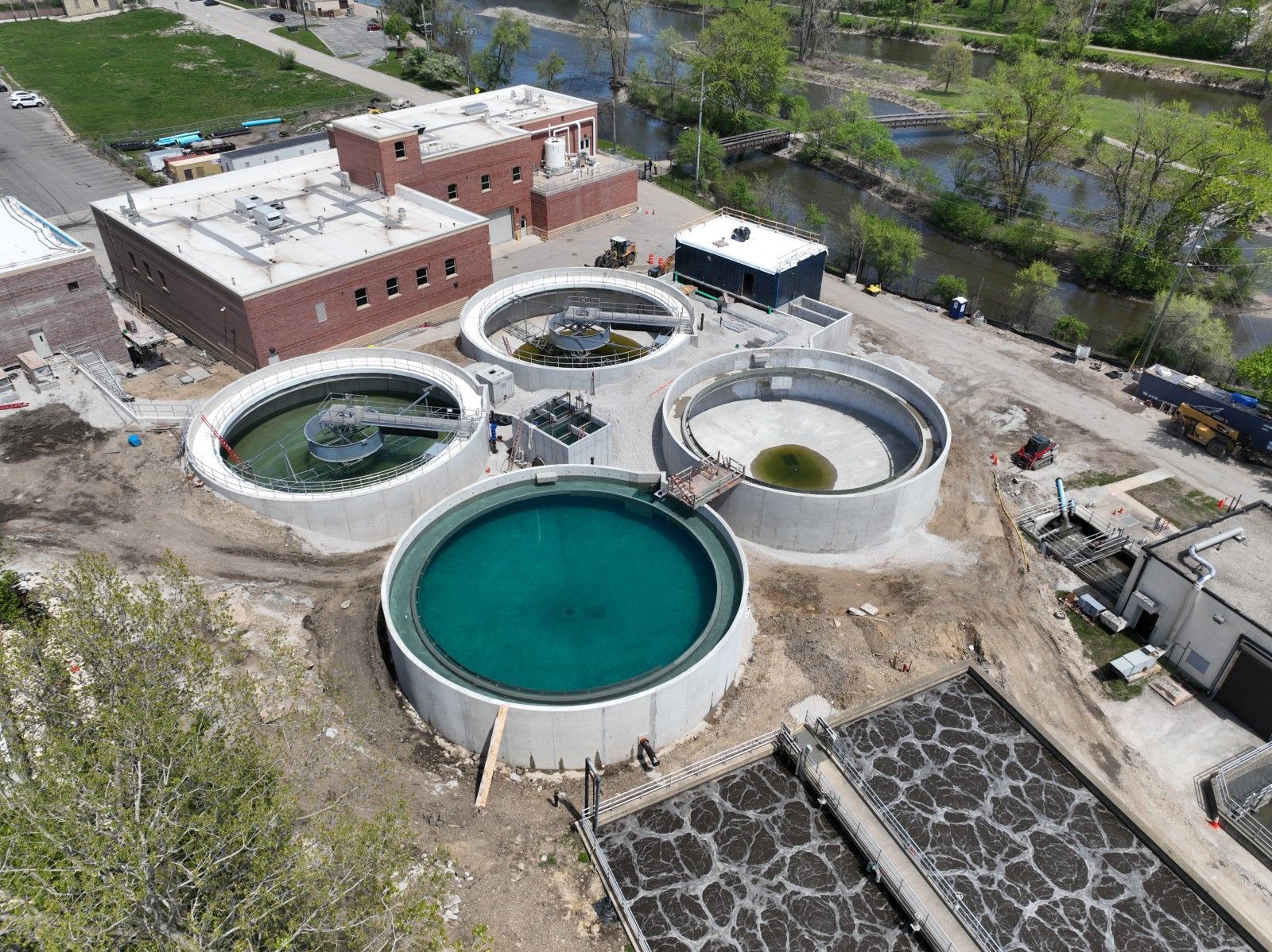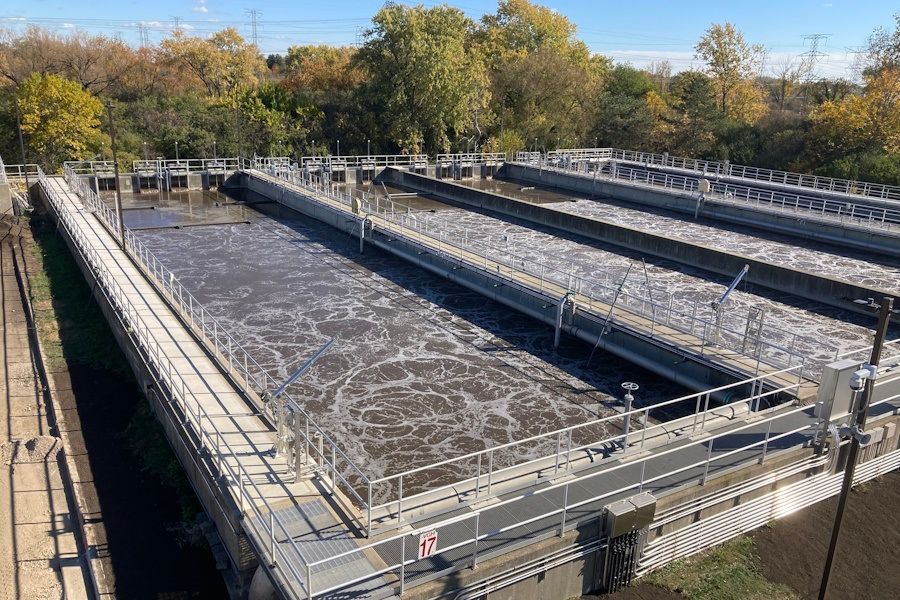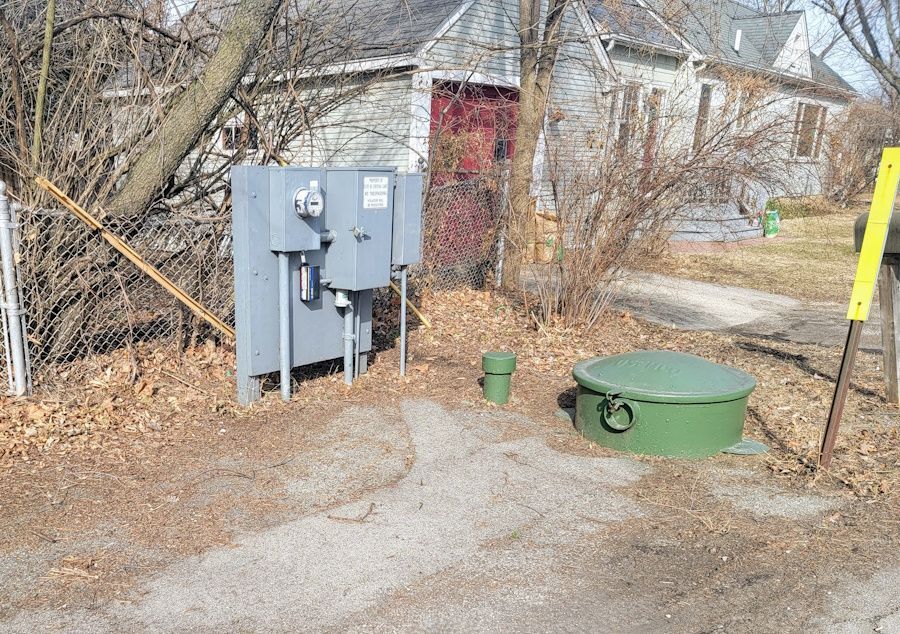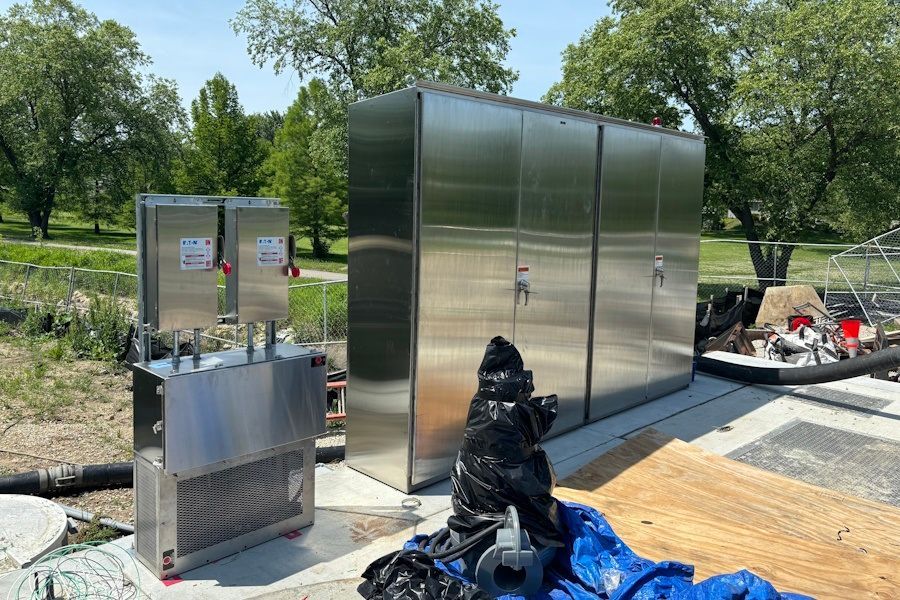WASTEWATER ENGINEERING SERVICES
Trotter and Associates, Inc. has the wastewater engineering expertise required to resolve the complex issues brought on by increased development, changing regulatory environment, and aging infrastructure.
TAI is one of few firms that have direct experience with the planning, design, and construction of both membrane treatment systems and biological nutrient removal. While TAI is a local firm, a number of its projects have been nationally recognized. The Algonquin 5-stage BNR facility was highlighted by the USEPA during their 2010 Nutrients Symposium. In fact, Region V of the USEPA has declared this facility a model plant for future nutrient removal facilities. Similarly, the Village of East Dundee has been highlighted during conferences as the first facility to utilize membrane reactors for WAS thickening.
Trotter and Associates, Inc. staff are heavily involved in local, state, regional, and national organizations that specialize in wastewater collection, treatment, and disposal. TAI’s staff has served in leadership roles within the Water Environment Federation and American Public Works Association. TAI’s staff is currently leading WEF’s Strategic Plan for Utility of the Future, Flushables Taskforce, and the Young Professionals Service Project. In addition, TAI is closely aligned with the academic community and the Water Environment Research Foundation which is actively pursuing the development of treatment processes for the advancement of our industry. TAI’s professionals not only give papers at conferences and lecture at universities, but actively serve on the Boards and Committees within these organizations.
TAI’s professionals are helping to shape national policy as well as advance the best technologies, operational techniques, and management strategies for collection systems, treatment facilities, and watersheds. As such, our staff is on the leading edge of pending environmental legislation and advancements that assist our clients in meeting the demands of their community.
TAI has become highly respected for successfully planning, designing, and implementing a wide range of water and wastewater infrastructure solutions. Trotter and Associates, Inc. understands that each community’s infrastructure is unique and that its design has been influenced by a variety of factors including the rate of development, regulatory issues, operational preference, as well as the preferences of prior engineering firms.
Aside from having experience with a variety of alternative solutions, TAI’s professionals have a comprehensive understanding of the building blocks essential to design wastewater infrastructure including:
- Biological, physical, and chemical processes for removal of contaminants and nutrients.
- Mechanical engineering for the selection, proper installation, and maintenance of systems.
- Hydraulic engineering to ensure operation over a wide range of conditions
GET IN TOUCH
HAVE AN ENGINEERING PROBLEM THAT YOU'D LIKE OUR HELP WITH?
RELATED PROJECTS
